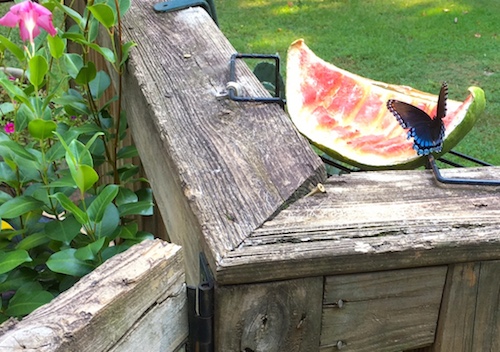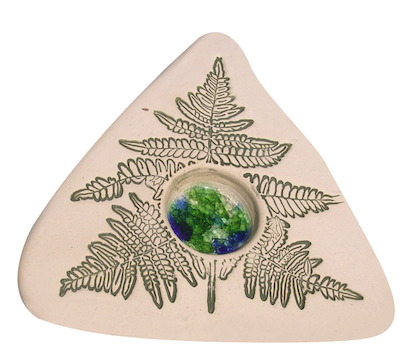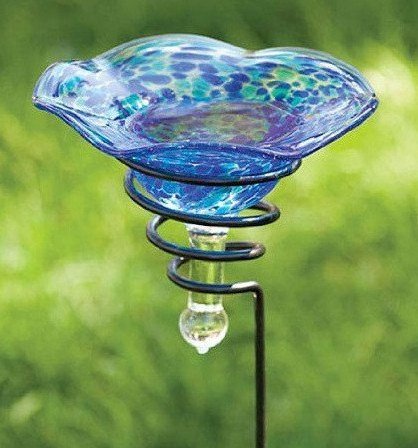Fancy Butterfly Feeders not Required
Migratory winged ones are on the move!
It’s an awesome time of year to catch the action not only of feathered friends- but butterflies too!
Although we’ve nary seen a monarch this year (so very sad) a few other butterfly species have been prevalent. Several Swallowtails, Sulphurs and Viceroys to name a few. And even though we have a great selection on our website… they’re not coming to any fancy butterfly feeders.
A few alternative options to actual butterfly feeders:
•Discarded fruit- provided it’s not too far gone
•Nectar producing flowers- preferably native
•Leaf misters
These things absolutely work to entice the flying jewels! Leaf misters offer a gentle spray which butterflies adore, you can see them dance and flit through the fine mist. In fact, it’s almost mesmerizing! Their own personal spa, leaf misters also have gardens growing lush. Use these year after year, ours are going on their 10th season!
Discarded fruit is a no-brainer; from oranges, to melons, pears, apples and bananas, place fruit on a deck rail, plate, or anywhere near flowers where you’ve seen the least bit of butterfly activity.
And the flowers? We prefer native perennials. Again, you’ll get year after year of blooms and activity. Lantana is is one of the more common plants in the southeast, in fact it’s almost invasive! Butterfly or milk weed is also a popular host plant. Pollination Trifecta in this video with hummingbird, bees and butterflies on one plant!
Plan next spring with a few vegetables specifically for butterfly host plants; dill, fennel and parsley are ideal plants to host black swallowtails, and milkweed is a must for monarch caterpillars!
Another easy DIY is creating a waterless pond for butterflies to warm in the sun. Simply place heat-aborbing rocks (so they’re flat) in a sunny spot, add sand and salt and keep moist. You may wish to line the area first with plastic to keep salt out of soil. Sort of a crude version of the popular butterfly puddlers.
And one last tip on feeding butterflies: They do not drink from an open water source. When using butterfly feeders like this staked one below, place a sponge in the center to soak up nectar. This acts as a wick where butterflies draw nectar like they do in nature from flowers.
Ok, maybe we’re wrong, the really really last tip: Stop using chemicals like pesticides, fertilizers and herbicides. Natural is the new landscape, manicured, pristine lawns and gardens are a thing of the past. Do it for butterflies, do it for all pollinators, most of all… do it for the human race!



